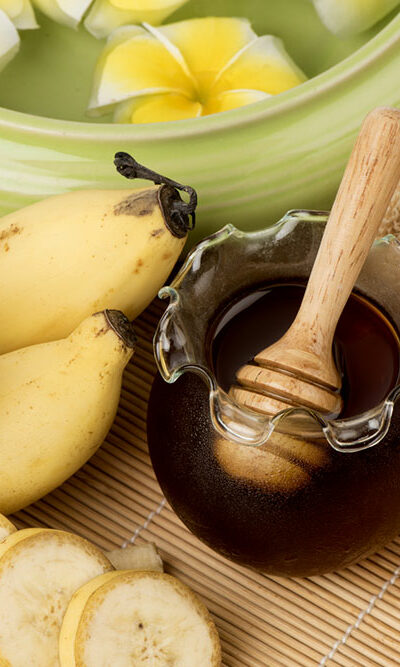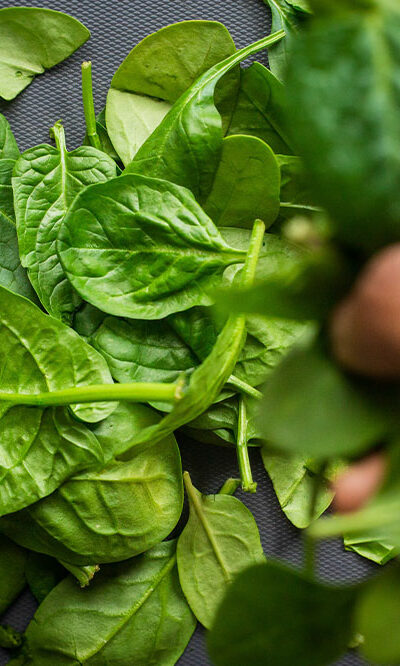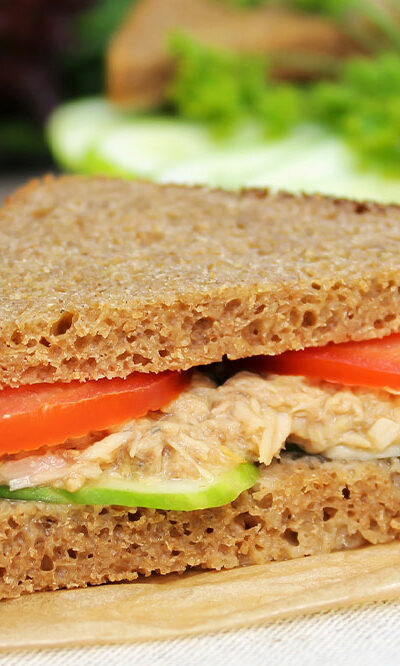
17 fridge mistakes to avoid
The refrigerator plays an integral part in the smooth functioning of the modern kitchen. It is not just a storage vessel. The refrigerator contributes to storing food, cooked and uncooked. It negates the need to produce shopping every other day. It plays a considerable part in meal planning and prepping for the upcoming week, making things easier for busy individuals. However, certain mistakes can contribute to the compromised functioning of the appliance and must be avoided. Overstuffing When one stuffs their refrigerator excessively, it can lead to spoiled food. The air circulation in the fridge is restricted when every inch of space is filled with groceries. This can cause uneven cooling and spoilage of food. To avoid this, adopting a “less is more” approach is important, allowing cool air to circulate freely and keeping all the items fresh. Disorganized interiors An untidy refrigerator can be compared to a disorganized wardrobe. Finding what one may need can be difficult, leading to items being overlooked and spoiling. To improve efficiency and make every ingredient easily accessible, it is important to introduce a system of organization. This can be achieved by grouping and labeling similar items, transforming the fridge into an orderly and convenient space. Temperature negligence The fridge’s thermostat is an essential component that affects the food’s freshness. If one ignores its setting, it can cause temperature imbalances affecting the lifespan of perishable food items. Therefore, it is important to take a moment to adjust the temperature settings and align them with recommended guidelines for optimal food preservation. Neglected cleaning routine Neglecting regular cleaning leads to unpleasant odors and provides a breeding ground for bacteria. Adopting a simple routine of clearing out expired items, wiping down surfaces, and addressing spills ensures a clean and hygienic fridge environment. Overlooking the freezer’s maintenance The freezer, often overlooked compared to the main fridge, has unique challenges.










